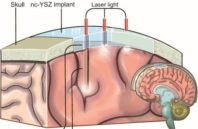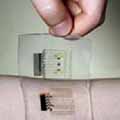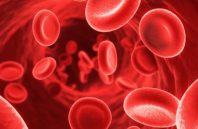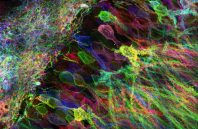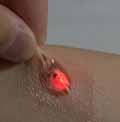Interferometry is a powerful methodology that is used widely for metrology measurements of telescope optics. It can be difficult or nearly impossible, however, to measure large convex optics (that do not have a real focal point), or complex-shaped optics, with...
Read more
Mechanical Metrology System for Freeform Optics
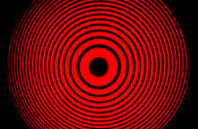

 (585) 768-2513
(585) 768-2513


